When to photograph the moon
Get to know the moon’s monthly cycle and learn when to photograph the Earth's only natural satellite
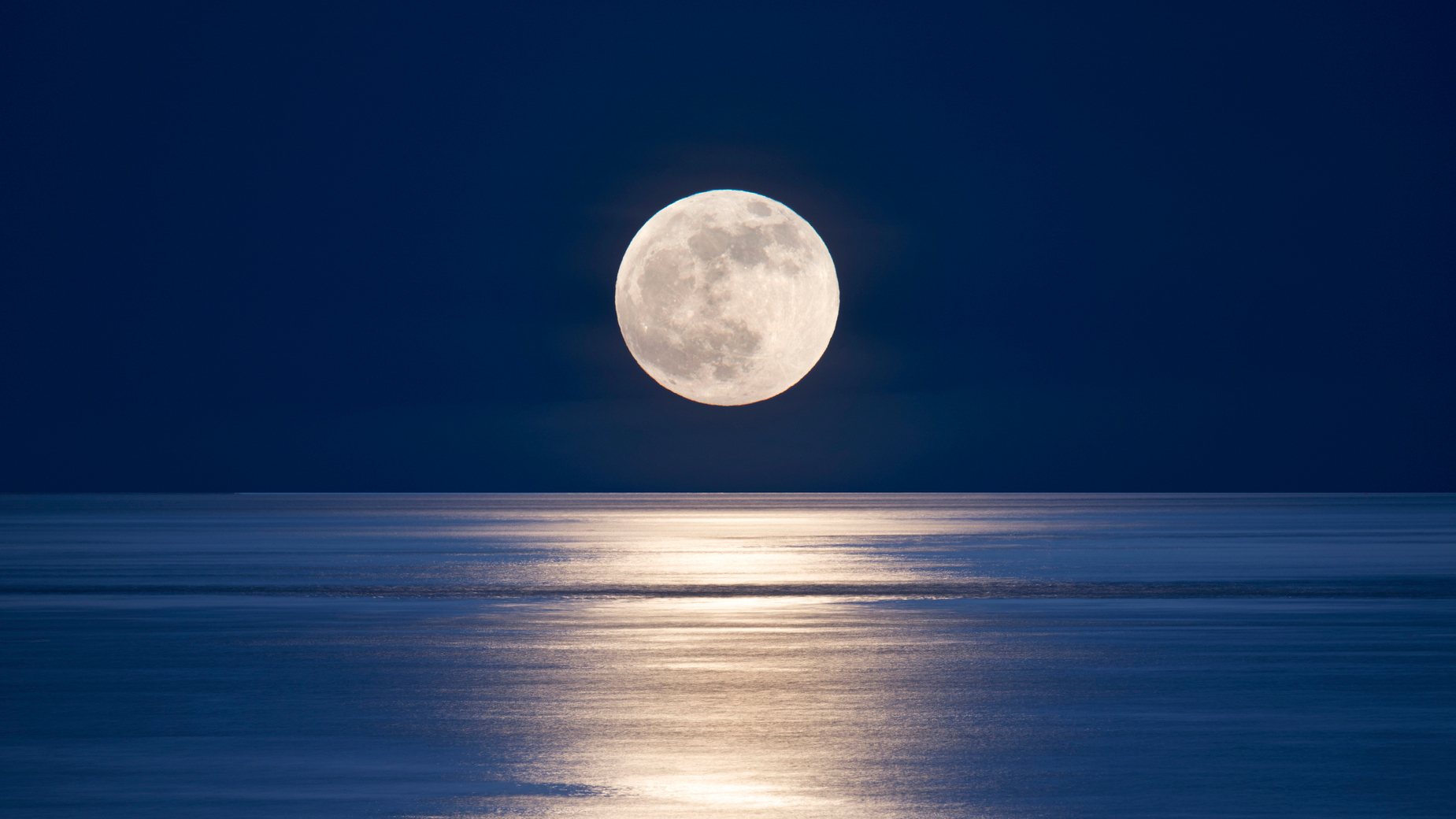
Taking photographs at night is an incredibly fun (if not challenging) pursuit. However, nightscape photographers tend to have a habit of completely avoiding the moon and only heading out on shoots when it’s absent from the sky. That’s a shame – because the moon is one of the most beautiful and dramatic celestial objects of all.
The best camera for astrophotography can help you to get better images of the moon, but nothing beats good technique and subject knowledge. We've already written a general guide on how to shoot nightscapes as well as a tutorial on how to photograph a shooting star, but here we'll be looking at the moon specifically – one of the most popular subjects that you can turn your lens towards.
During its 27-day orbit the moon changes phase, waxing and waning between a bright full moon (which shines all night and makes nightscape photography very different) and an invisible new moon (around which you’ll find very dark skies, perfect for nightscaping).
As well as looking at its best just after a new moon and briefly during a full moon, it’s also close to the horizon at these times, so the moon is in a perfect position to be captured alongside some foreground interest. However, you can also do something unusual and try to photograph the moon during the day, when it’s pale against a blue sky. Let's look at the different options below.
When can I photograph the moon?
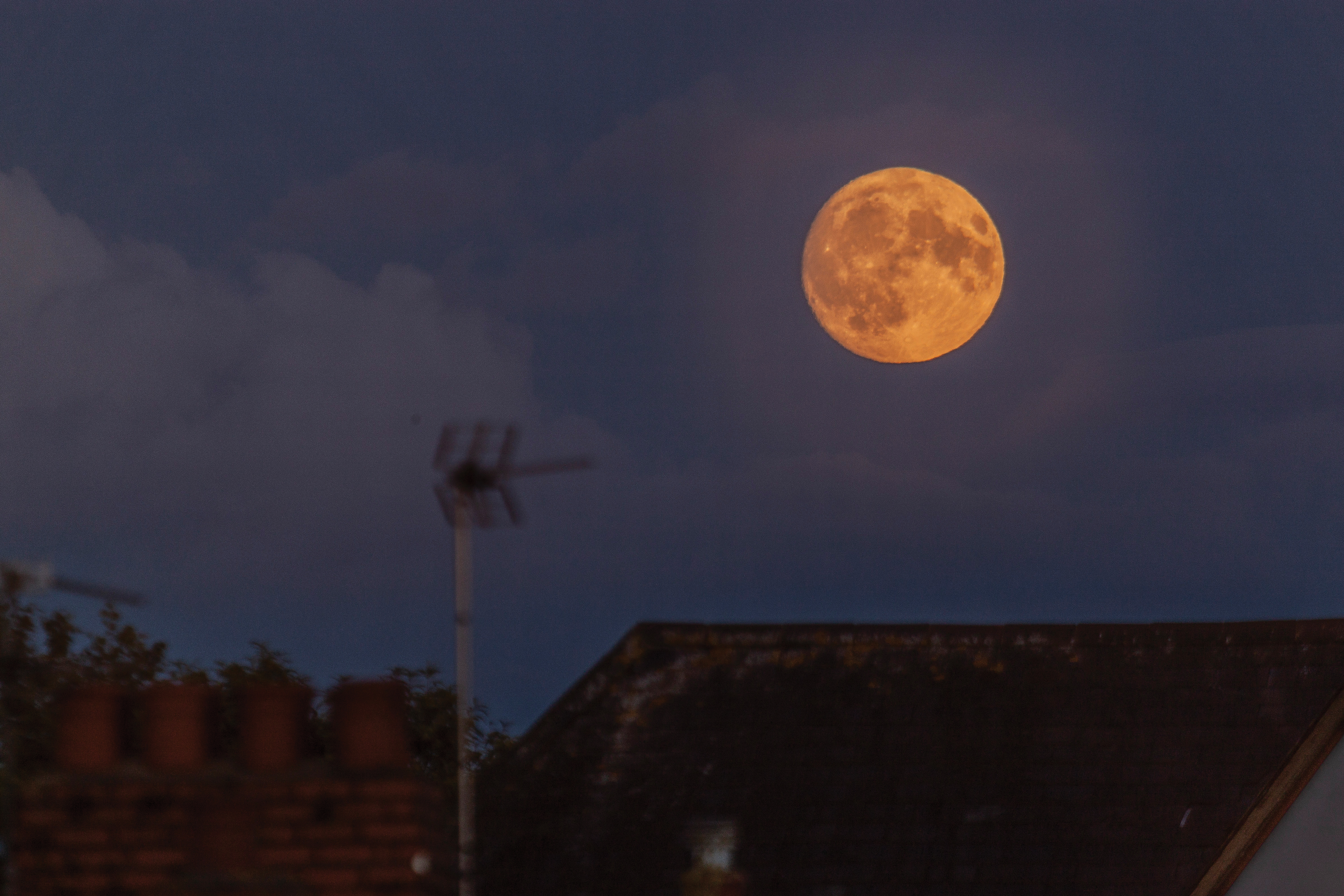
A magical moonrise
Visit timeanddate.com/moon to find out the time of the full moon’s rise where you are. For about 15 minutes it’s a beautiful pale orange before it turns white and too bright to photograph.
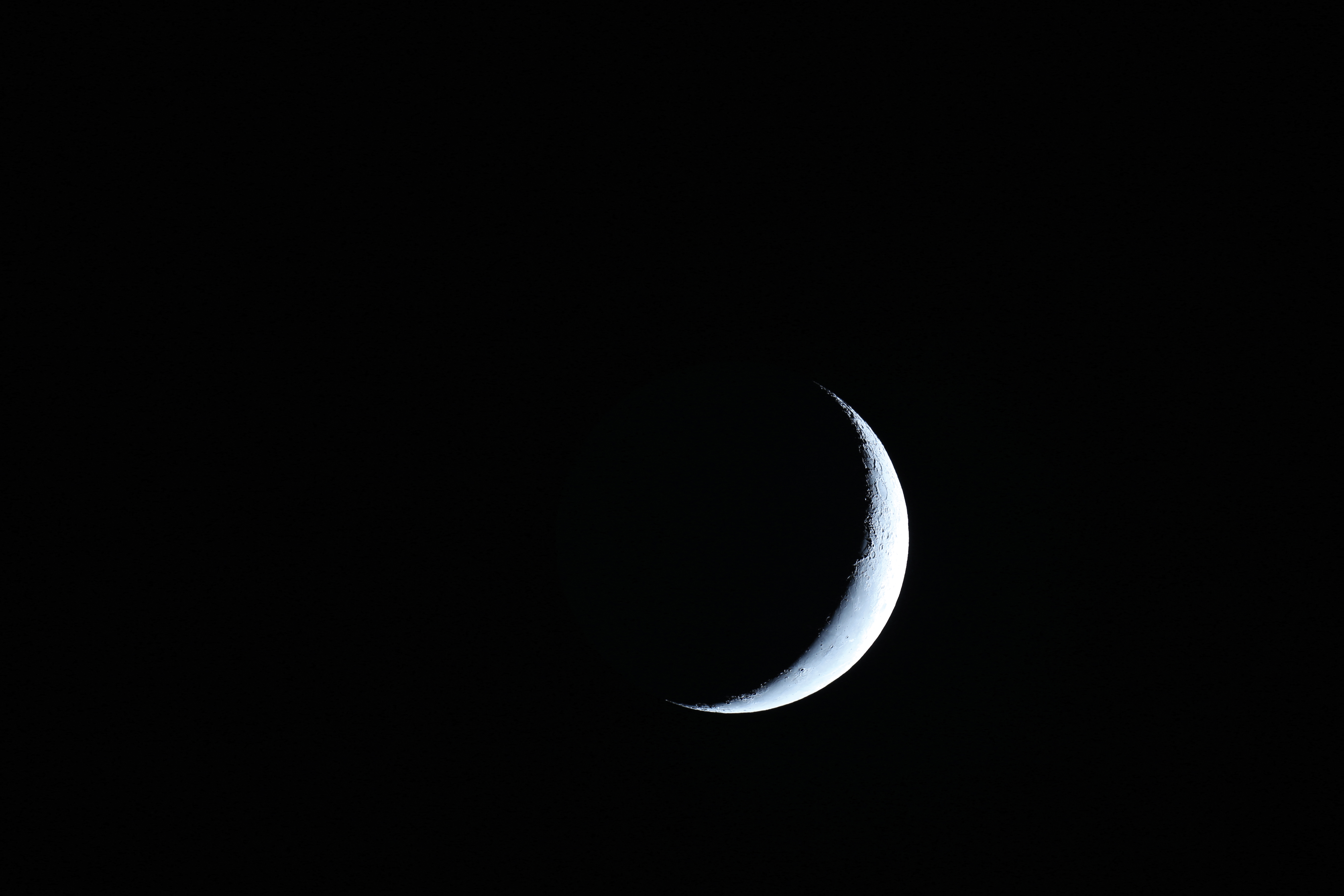
Capturing a crescent
From the night after a new moon until a few days later, a shorter exposure can capture a crescent moon hanging in the western sky just after sunset. A crescent moon is the darkest.
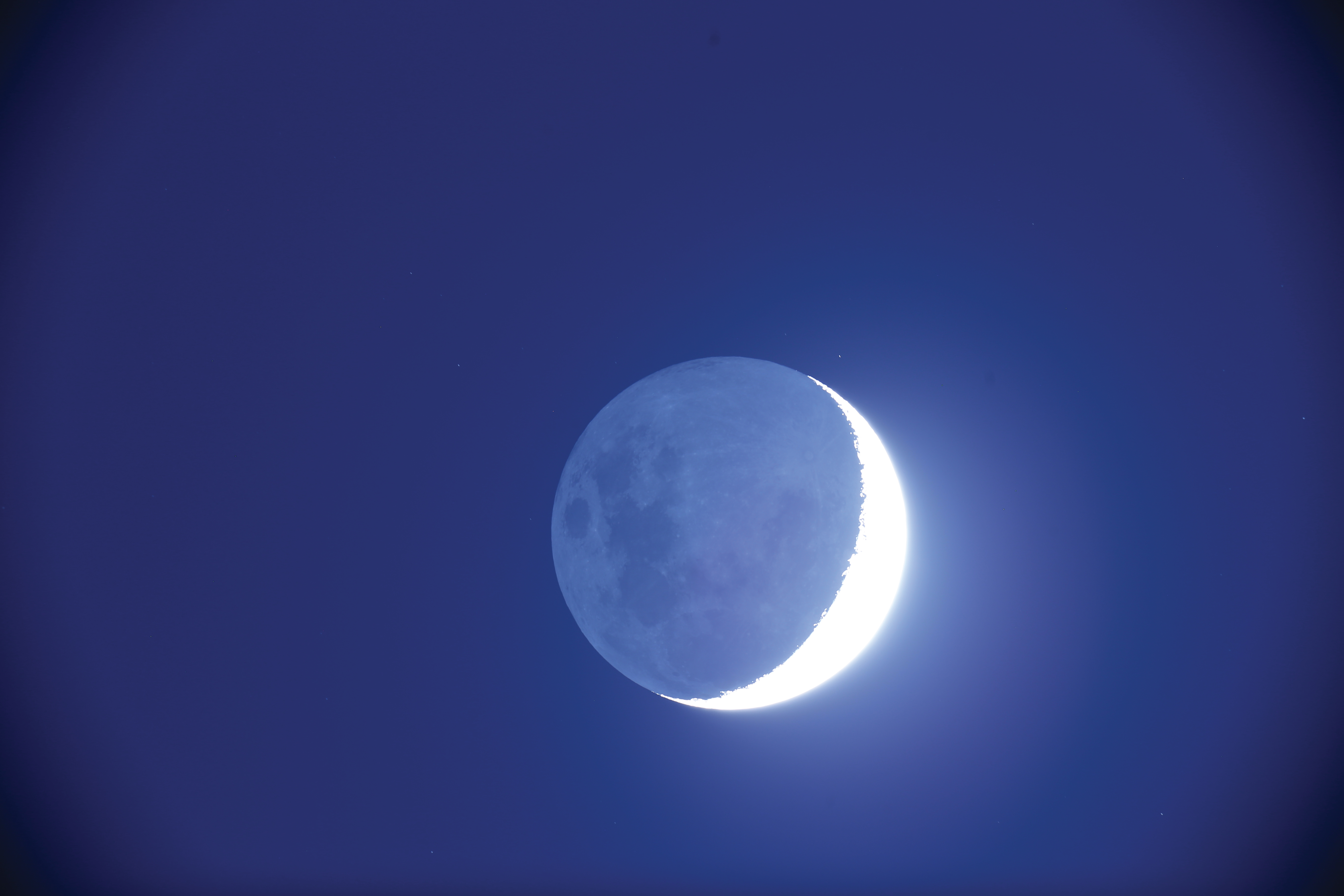
Awesome Earthshine
A longer exposure of a crescent moon can catch ‘Earthshine’, which is when sunlight is reflected off Earth and back onto the moon. Use bracketing to get the perfect exposure.
The best camera deals, reviews, product advice, and unmissable photography news, direct to your inbox!
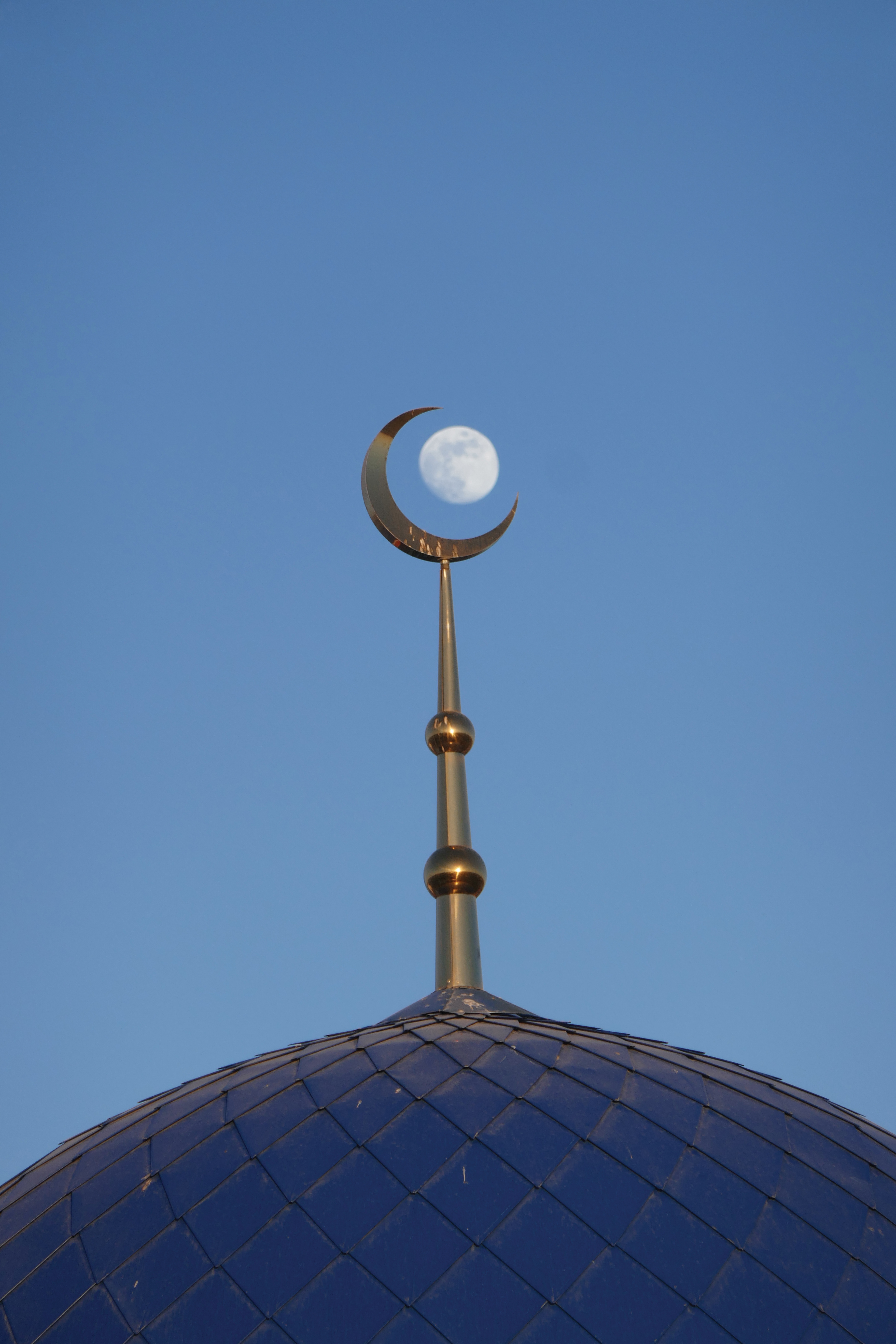
Moon in the day
Each day, the moon rises about 50 minutes later than it did the day before. Before a full moon, look for the daytime moon in the afternoon, and after a full moon, look for the daytime moon in the morning.
What are supermoons and blood moons?
The internet loves ‘supermoons’ and ‘blood moons’. A supermoon is simply when the moon is slightly closer to Earth so looks around 10% bigger. You won’t notice, and nor will your camera. A blood moon refers to a total lunar eclipse, when it drifts into Earth’s shadow and turns red. Know that it’s at its best for a few nights after a new moon, when it hangs as a slim crescent above the western horizon after sunset, and for a few minutes as a full moon rises in the east once per month.
Whenever you photograph the moon it will be either brighter or dimmer than the previous night, but as a general starting point, you can use an entry-level DSLR or mirrorless camera with an 18-55mm lens set to f/5.6, ISO 200 and expose for 1/400 second. Now experiment. Oh, and using a camera remote is great idea, too.
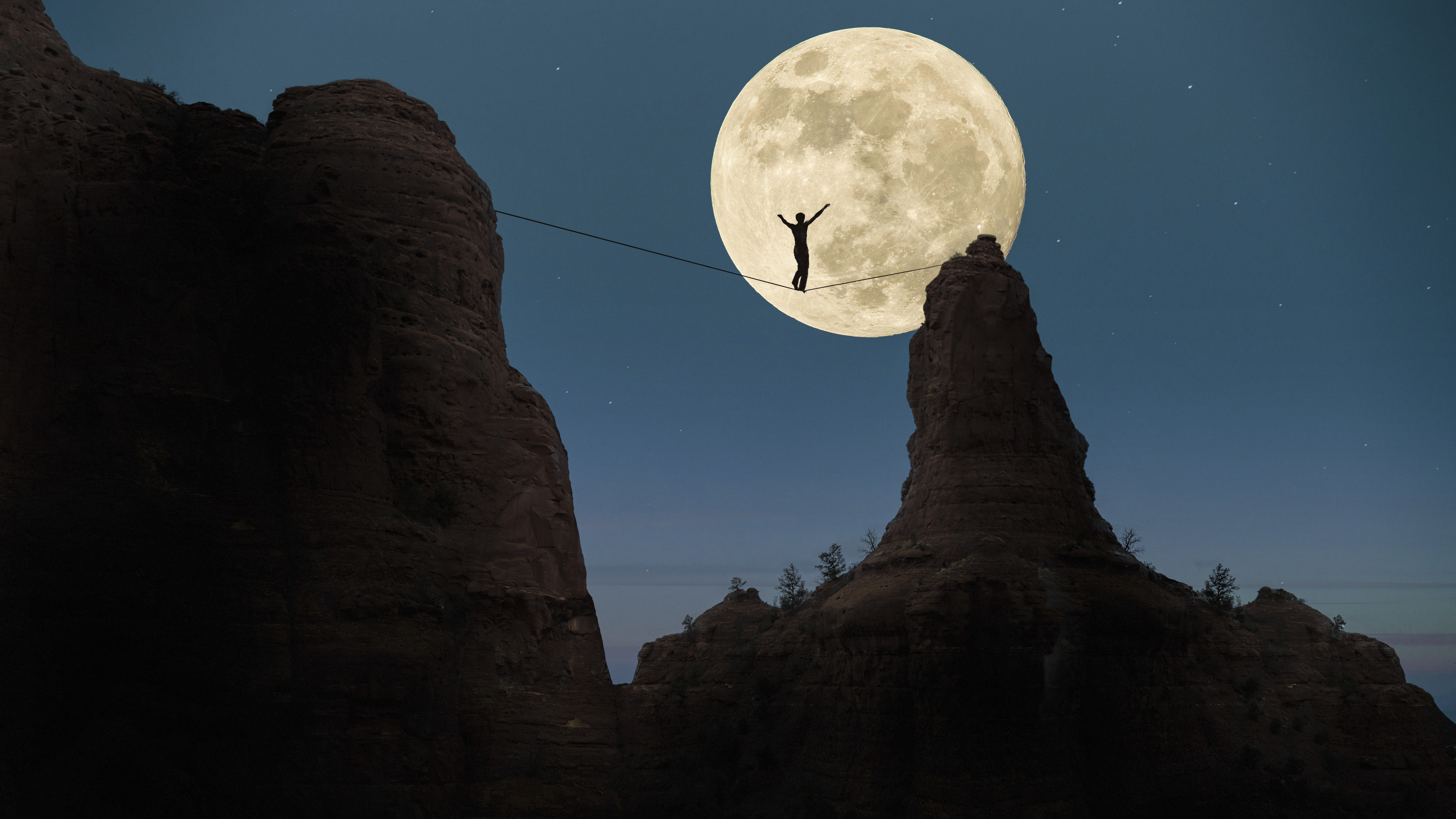
For more moon-tastic tutorials, why not discover how to create a moonstack, and how to photograph landscapes by the light of the moon. 🌝
If you want to improve your astro shots, check out the the best lenses for astrophotography and the best telescopes.
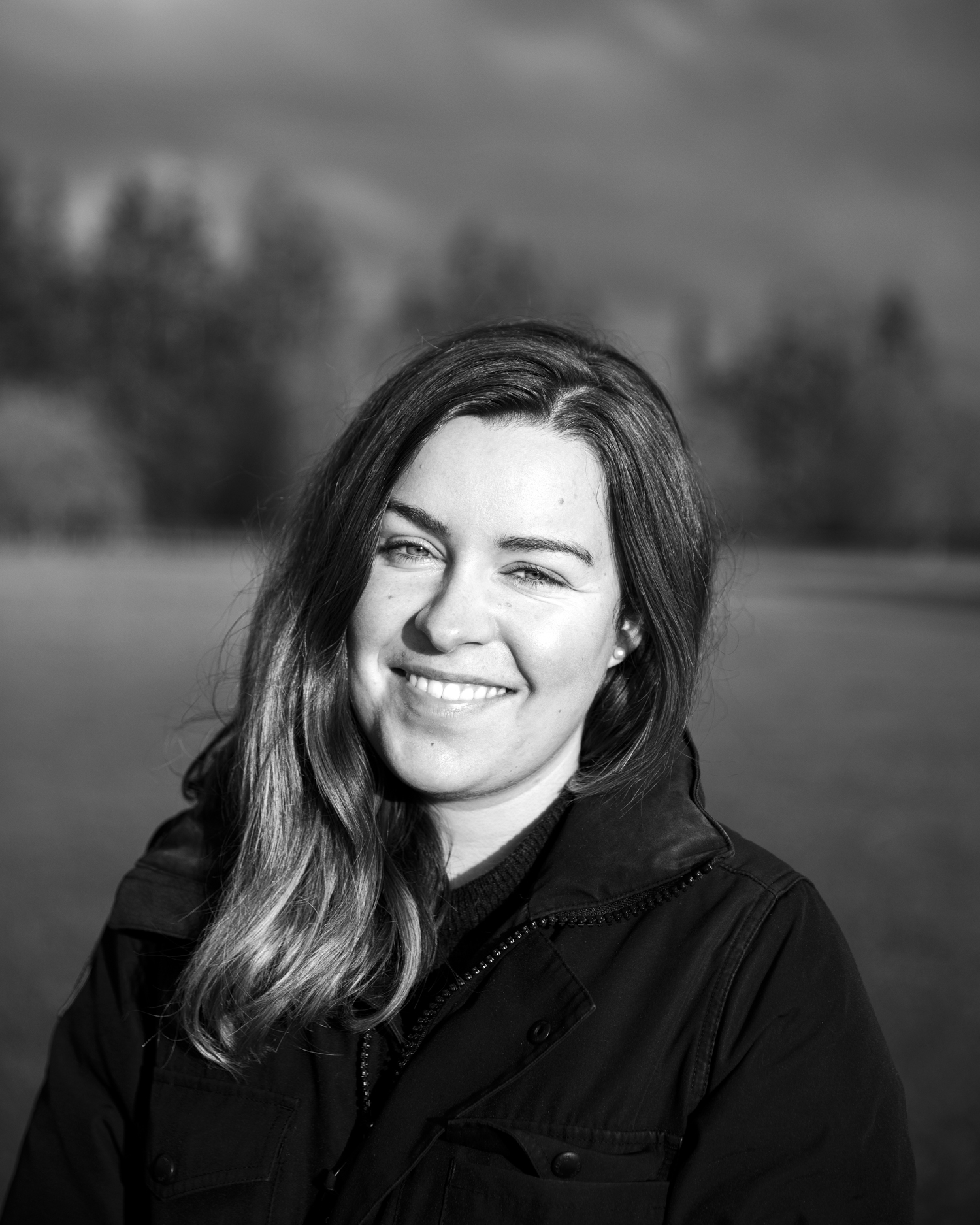
Lauren is a writer, reviewer, and photographer with ten years of experience in the camera industry. She's the former Managing Editor of Digital Camera World, and previously served as Editor of Digital Photographer magazine, Technique editor for PhotoPlus: The Canon Magazine, and Deputy Editor of our sister publication, Digital Camera Magazine. An experienced journalist and freelance photographer, Lauren also has bylines at Tech Radar, Space.com, Canon Europe, PCGamesN, T3, Stuff, and British Airways' in-flight magazine. When she's not testing gear for DCW, she's probably in the kitchen testing yet another new curry recipe or walking in the Cotswolds with her Flat-coated Retriever.
